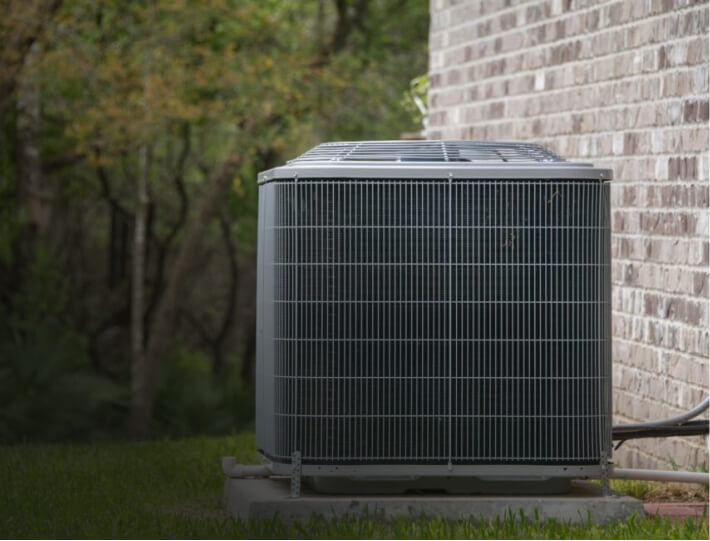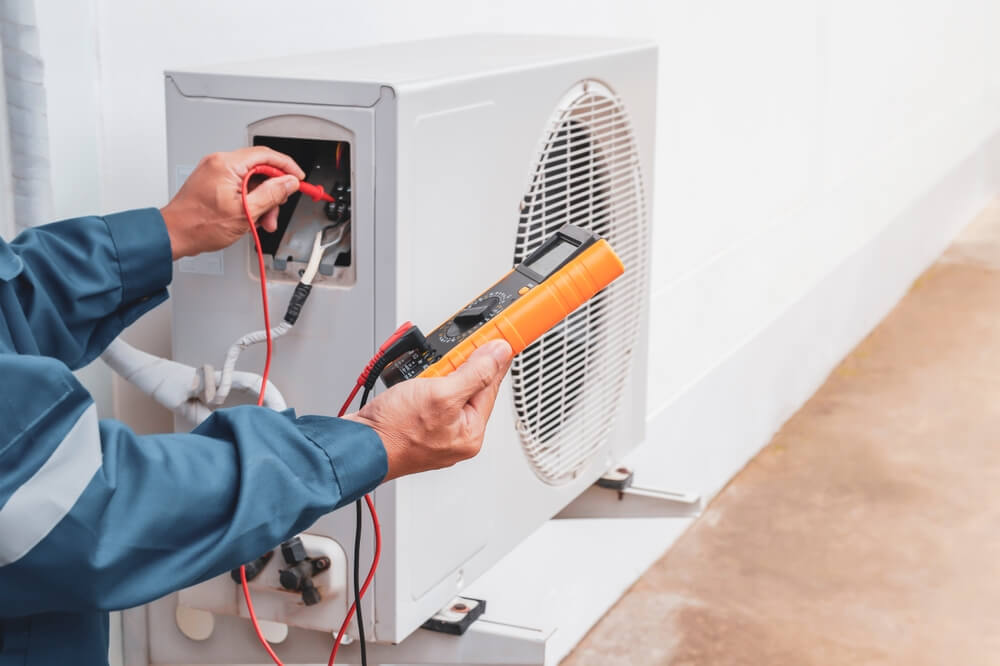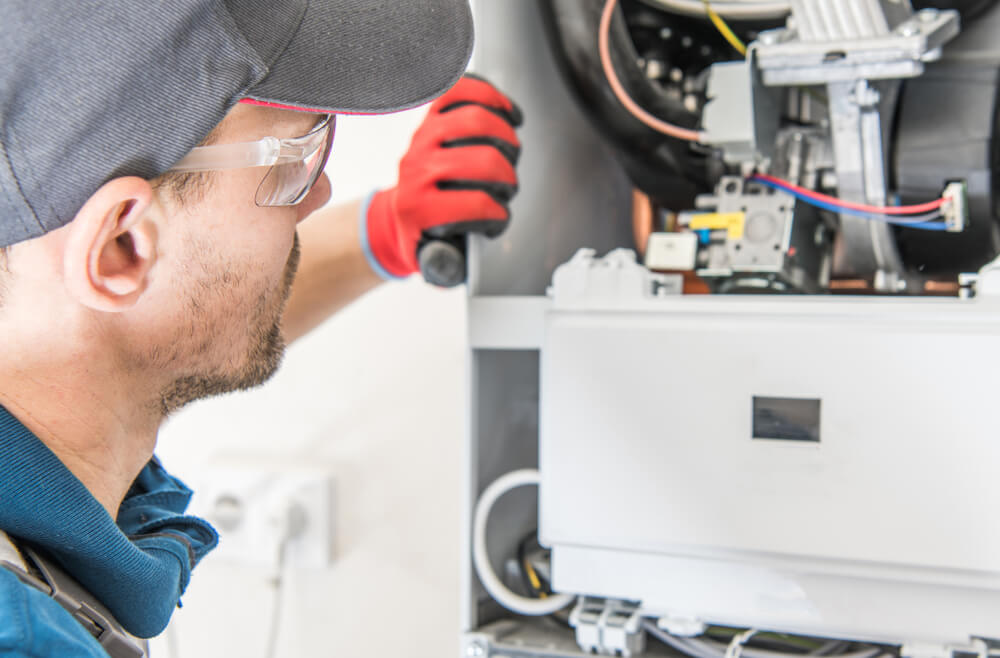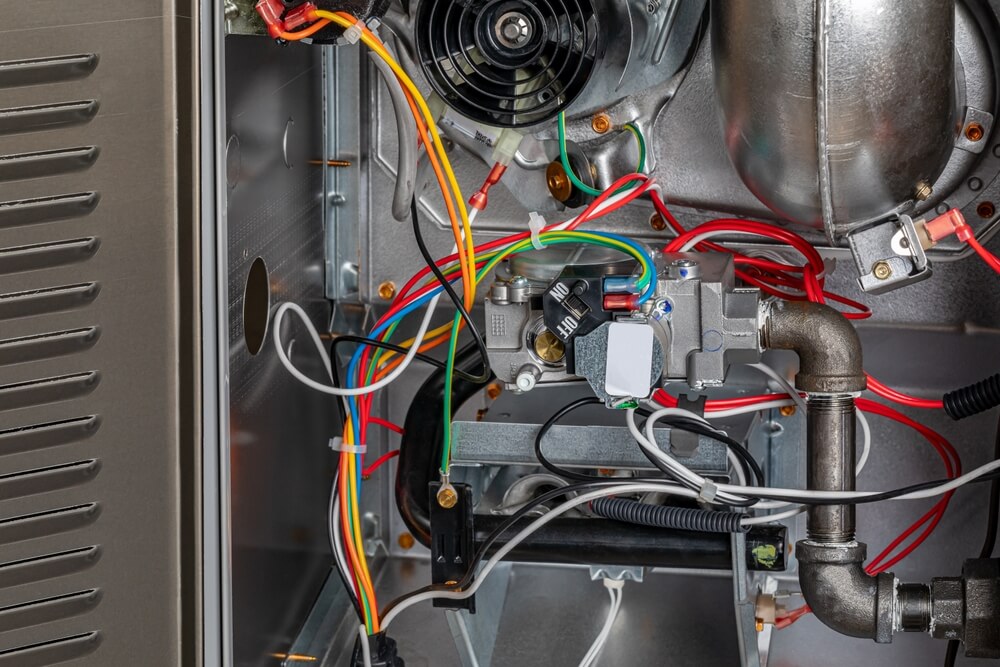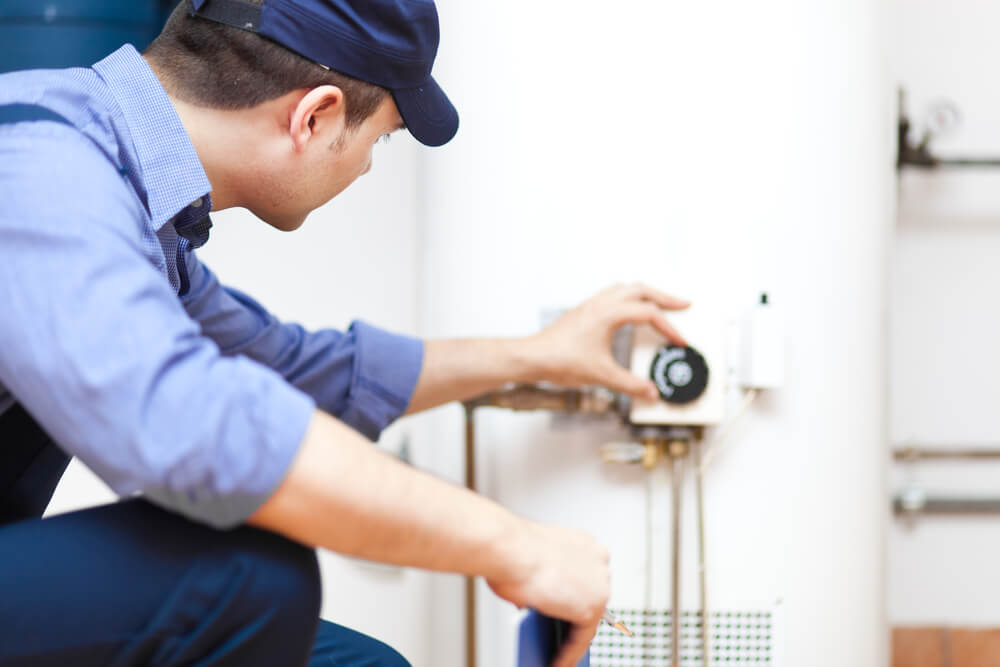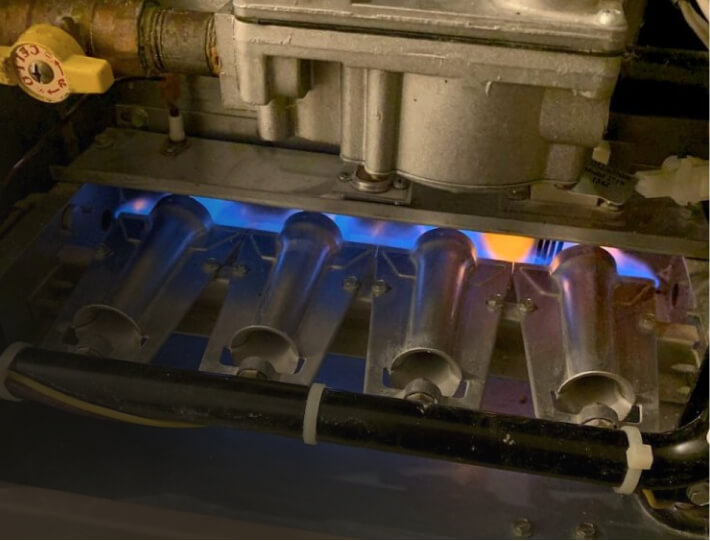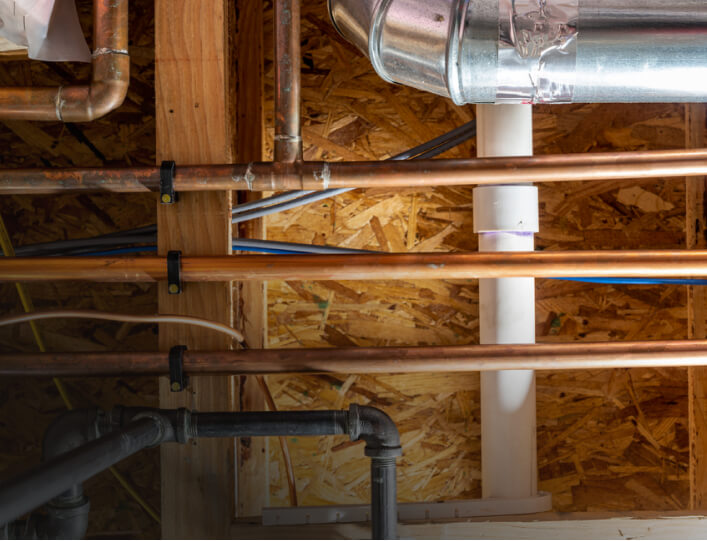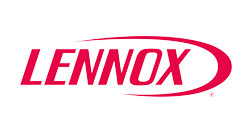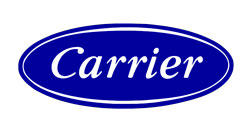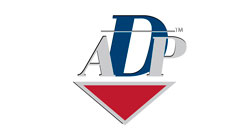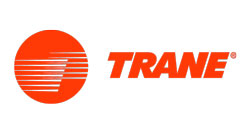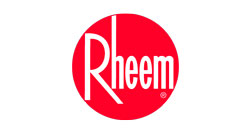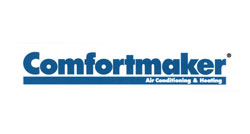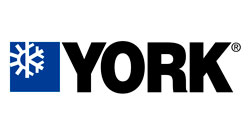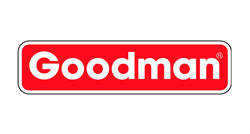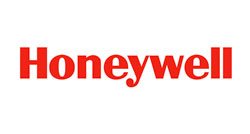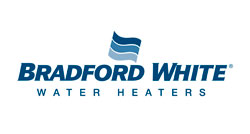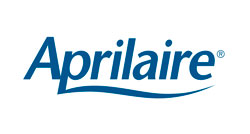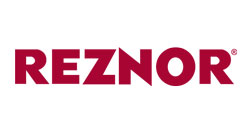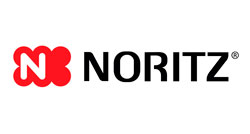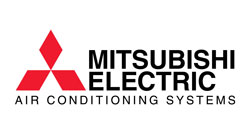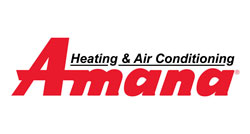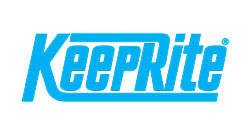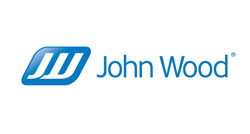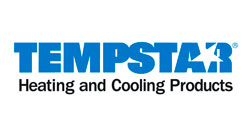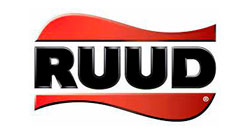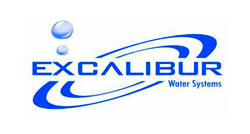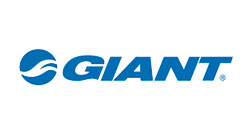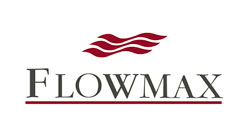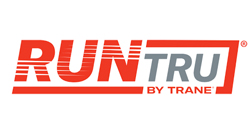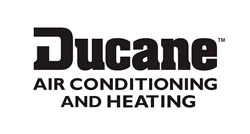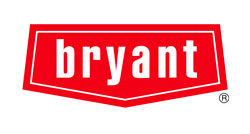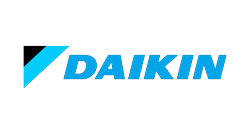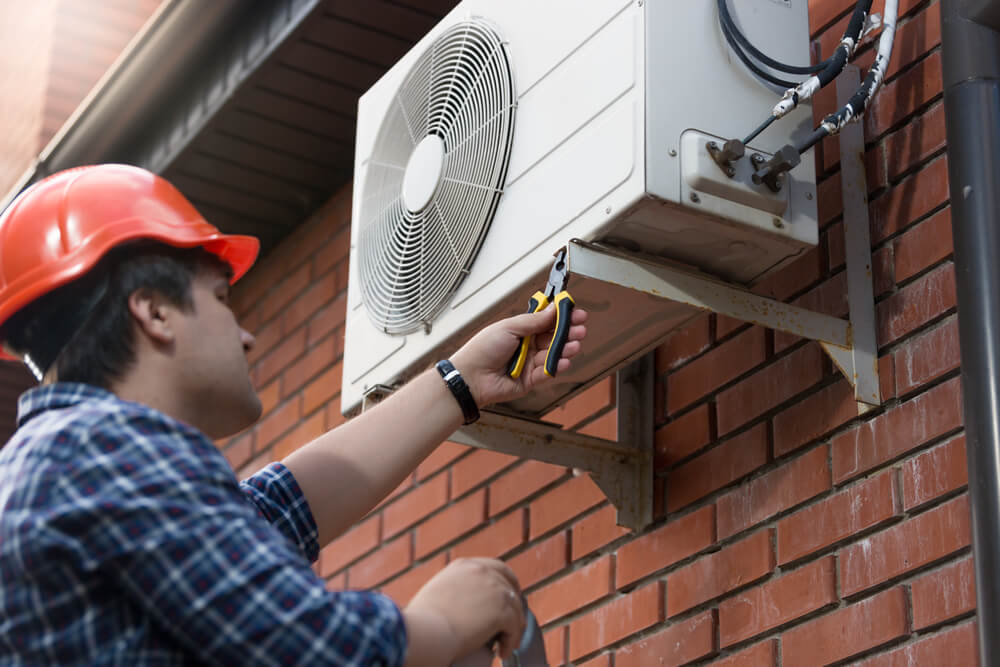
Innisfail HVAC Services
Are you looking for reliable AC or furnace repair services in Innisfail? Or maybe you are searching for assistance with an AC or furnace installation? Your search ends here, we are Innisfail's ultimate 'one stop' solution for all your heating and cooling needs!

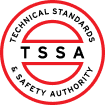
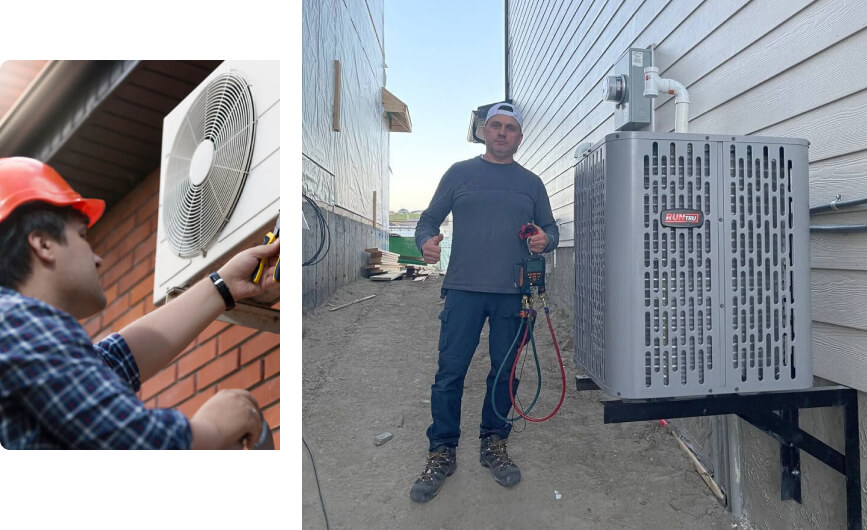
Reliable Heating & Cooling Services
At One Stop HVAC, we provide fast and dependable HVAC services tailored to meet your needs in Innisfail. With our extensive industry experience, our technicians excel at delivering meticulous on-site repairs, leaving you completely satisfied. When you choose One Stop HVAC, you can anticipate the following benefits:
- 24/7 emergency service
- Experienced technicians
- Custom repair or installation plans that prioritize your schedule
- Partnerships with leading brands
Our Services in Innisfail
Heating and Cooling Services
Same / Next Day
Service 24/7
Rating 5/5
Google Reviews
Licensed TSSA
Technicians
Served Over 1000
Local Residents
Get Your Free
Estimate Today
Great Prices
Guaranteed
24/7 Emergency Appointments
We empathize with the challenges of securing dependable HVAC emergency appointments precisely when you need them. At One Stop HVAC, we go the extra mile by operating beyond standard working hours, ensuring 24/7 appointment availability.
Your schedule is of utmost importance to us, and we make it a priority to schedule appointments that suit your needs. Our diligent team swiftly conducts efficient installations and repairs, ensuring a speedy resolution to get you back up and running smoothly.
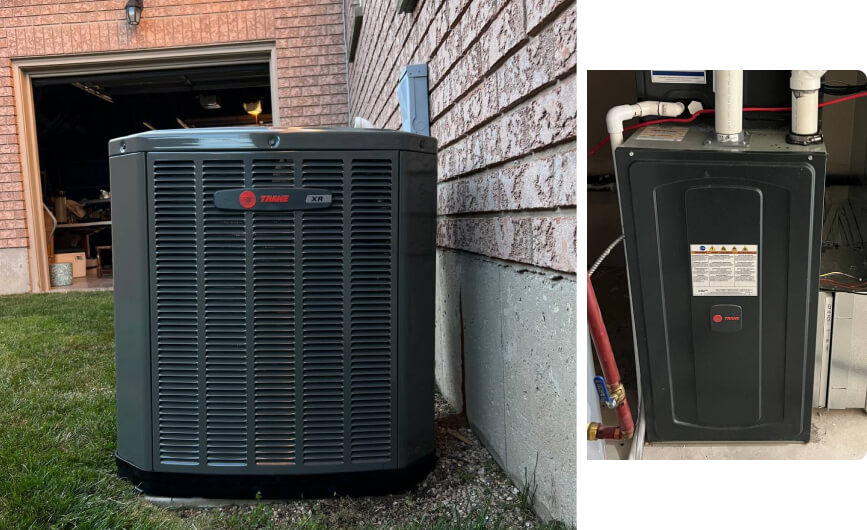
Grab Your Exclusive Coupon Now
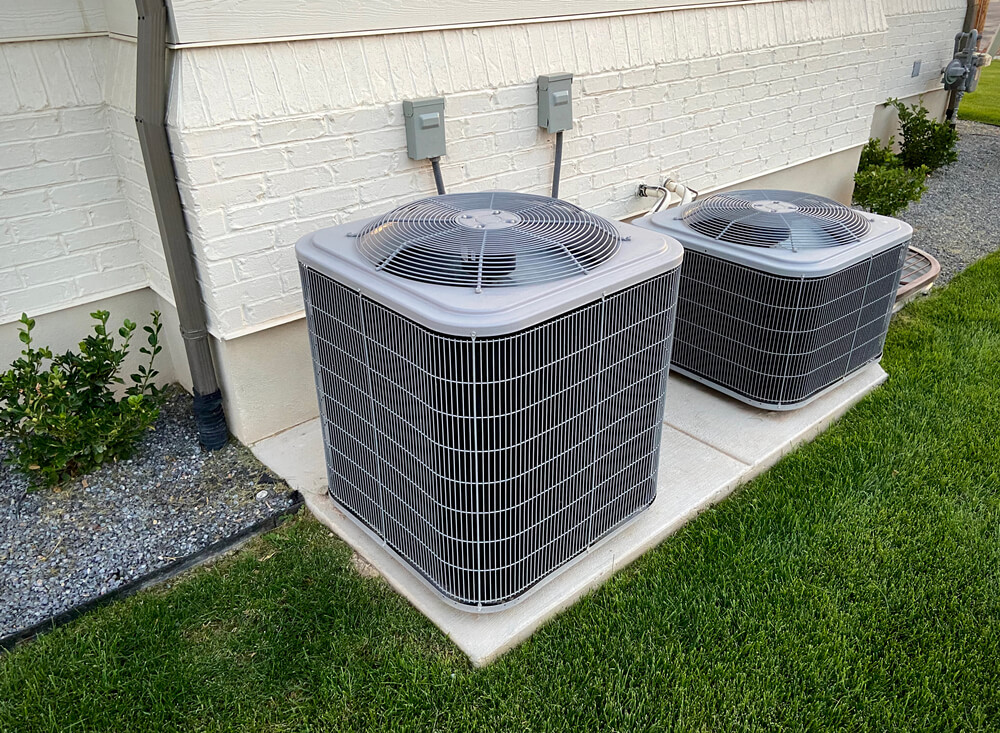
Air Conditioning Installation Innisfail
We specialize in delivering expert AC installations in Innisfail, serving as your trusted companion for all your AC requirements. Our partnerships with renowned Air Conditioner brands guarantee exceptional value and unrivaled deals on premium AC units, ensuring you receive nothing but the best.
In Innisfail, the cost of air conditioner installation for a new air conditioning system generally falls within the range of $4,000 to $8,500. However, it's important to note that the actual price may vary based on several factors, which can influence the final cost of your AC installation.
Factors that can affect AC installation costs in Innisfail:
Type of AC Unit: The cost of the AC unit itself can vary based on its type, such as central air conditioning, ductless mini-split systems, or window units. Different models and brands come with varying price points, efficiency ratings, and features.
Size and Cooling Capacity: The size of the air conditioning unit required to cool your home effectively will influence the overall cost. Larger homes or spaces may need more powerful and expensive units to provide adequate cooling.
Energy Efficiency and Features: Higher-end air conditioning systems often come with advanced features alike multi-stage condensers, smart thermostats, and improved energy efficiency. While these features can lead to higher upfront costs, they may provide long-term savings on energy bills.
Ductwork and Infrastructure: For homes without existing ductwork, the installation of new ducts can add to the overall cost. Additionally, if the current ductwork needs repairs or modifications, it may increase the installation expenses.
Installation Complexity: The complexity of the installation process, such as difficult-to-reach areas or limited access, may require more labor and impact the cost.
Additional Components: Some AC installations might need extra components like thermostats, air purifiers, or zoning systems. Each of these components adds to the overall cost.
Permits and Local Regulations: Depending on local regulations and codes, obtaining permits for the installation may incur additional fees.
Season and Demand: AC installation costs may fluctuate based on the season and demand for HVAC services. Peak seasons could lead to higher prices and longer waiting times.
At One Stop HVAC, we offer professional AC installation services in Innisfail. Our team of experienced technicians can guide you through the process, helping you choose the right AC unit and providing transparent pricing for a smooth and efficient installation. Contact us today to schedule a consultation and get a personalized quote for your home's AC installation needs.
When it comes to determining the appropriate size of an air conditioner for your Innisfail home, it's essential to focus on the cooling capacity, measured in British Thermal Units (BTU), rather than just the physical size of the unit.
The cooling capacity you'll require depends largely on the size of the area you want to cool. Here's a table to provide you with a rough idea of the cooling capacity you'll need based on different room sizes:
| Room Size | Required Cooling Capacity (BTU) |
| 100 – 250 square feet | 5000 BTUs |
| 150 – 250 square feet | 6000 BTUs |
| 250 – 300 square feet | 7000 BTUs |
| 300 – 350 square feet | 8000 BTUs |
| 350 – 400 square feet | 9000 BTUs |
| 400 – 450 square feet | 10000 BTUs |
| 450 – 550 square feet | 12000 BTUs |
| 550 – 700 square feet | 14000 BTUs |
| 700 – 1000 square feet | 18000 BTUs |
| 1000 – 1200 square feet | 21000 BTUs |
| 1200 – 1400 square feet | 23000 BTUs |
| 1400 – 1500 square feet | 24000 BTUs |
Yes, if you're planning to purchase, install, or replace an air conditioning unit in Innisfail, it's essential to be aware of the Land Use Bylaws associated with AC units. Obtaining an Air Conditioning Permit from the City of Innisfail is strongly recommended before installing a new unit on your property. This permit ensures compliance and can prevent potential issues when selling your property in the future.
Keep in mind that if you have an existing air conditioning unit that does not meet the Land Use Bylaw requirements, you will need a development permit for relaxation.
To adhere to the bylaws, here are some basic guidelines for placing air conditioning equipment on your property:
- Air conditioning units are allowed to project up to 1.0m from the house into the side yard.
- There must be a minimum distance of 0.2m between the air conditioning unit and the property line.
- In cases where there is no lane or alley access, and a front or side garage is present, a 3.0m side setback is required to accommodate a future driveway leading to a rear garage. This layout prevents air conditioning equipment from encroaching into the 3.0m side setback.
By following these guidelines and obtaining the necessary permits, you can ensure a smooth and compliant air conditioning installation process in Innisfail.
To ensure a smooth and efficient AC installation, it's essential to prepare your home or business beforehand. Follow these steps to get ready for your AC installation:
Prepare the Ductwork: Before the installation day, have your ductwork professionally cleaned and sealed. Clean ducts ensure optimal airflow and performance for your new AC system.
Make Room for the AC System: Clear the installation area of any clutter and obstacles, ensuring there is enough space for the new AC unit. Check the measurements of the new system to ensure it fits comfortably in the designated location.
Clear a Path for the Contractor: Create a clear path from the entrance to the installation area by moving any furniture, toys, rugs, or other objects out of the way. This helps prevent property damage and ensures a safe working environment for our contractors.
Review the System Before Installation: On the installation day, double-check the AC unit delivered to your home or business to ensure it matches the one you ordered. This step is essential, as our team has already performed a load calculation to determine the suitable AC unit for your space. Verifying the correct unit prevents any potential issues down the line.
By taking these preparatory steps, you'll help our technicians complete your air conditioner installation quickly and efficiently, allowing you to enjoy cool comfort in no time. If you have any further questions or need assistance, don't hesitate to reach out to our dedicated team.
The duration of AC unit installation depends on the specific requirements of your project. Here are the typical scenarios:
Replacing an older AC unit with a similar one: In cases where you are swapping an older AC unit for a newer or similar model, the installation can generally be completed within one day, typically taking around 4-8 hours. This assumes that the other components, such as the ductwork, are in good condition and remain unchanged.
Replacing an old system with new ductwork: In situations where your old system needs replacement, and new ductwork is also required, the installation process becomes more complex. Depending on the size of your house and the scope of work, this comprehensive installation may take up to three days or more to complete.
Please note that each installation project is unique, and the timeframe can be affected by factors such as the size of your property, any necessary modifications, and the type of AC unit being installed. Rest assured, our skilled HVAC professionals are committed to ensuring a seamless and efficient installation process to provide you with optimal cooling comfort.
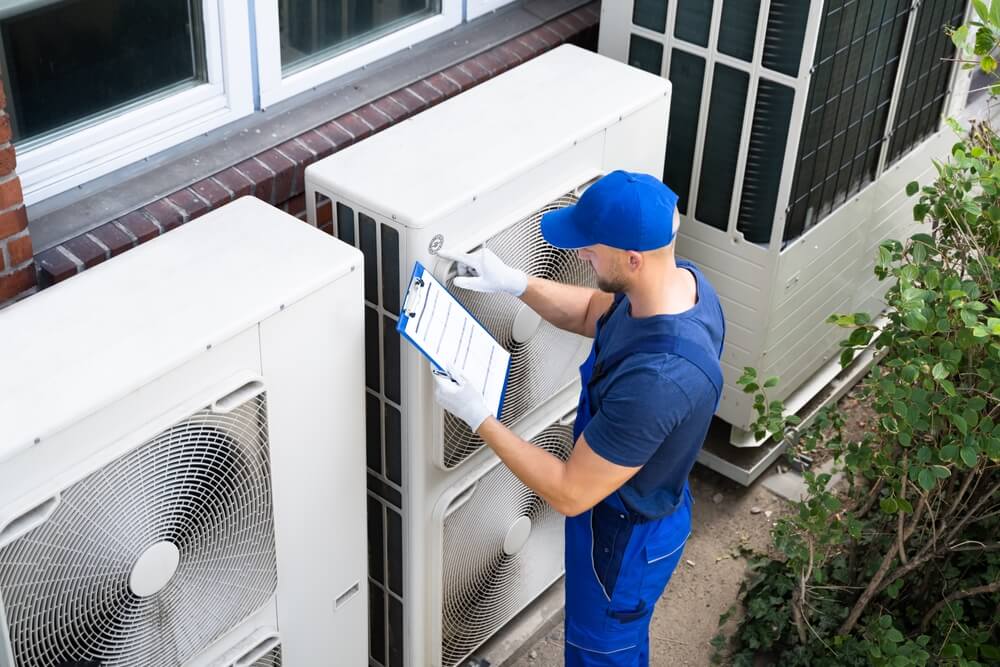
Air Conditioning Repair Innisfail
With a team of licensed technicians well-versed in the complexities of AC repairs in Innisfail, we bring years of experience to the table. Whether it's providing on-site solutions or diligently returning to tackle more challenging repairs, we've got you covered. Rest assured, our 24/7 AC repair services in Innisfail are always by your side!
Making the decision between repairing or replacing your HVAC system is a common dilemma for homeowners. While each situation is unique, we've compiled a list of essential factors to consider that will guide you in making an informed choice.
Age of Your Unit: Consider the age of your air conditioning unit. Typically, air conditioners have a lifespan of around fifteen to twenty years with proper maintenance. If your AC unit is approaching or has already exceeded this range, it may be more cost-effective and practical to invest in a new unit rather than spending significant amounts on frequent repairs.
Current Efficiency: Evaluate the efficiency of your existing unit. Older units tend to be less efficient and may result in higher energy bills. Air conditioner efficiency is rated by SEER (Seasonal Energy Efficiency Ratio), and upgrading to a higher SEER-rated model can lead to significant energy savings in the long run.
Humidity Levels: Assess the humidity levels in your home. Properly sized and functioning air conditioning units play a crucial role in maintaining optimal humidity levels indoors. An incorrectly sized or underperforming AC system may lead to discomfort and inadequate humidity control.
Noise Level: Take note of the noise level of your current unit. Noisy air conditioners can be disruptive and bothersome, particularly if the unit is close to living spaces or bedrooms. Upgrading to a newer model can significantly reduce noise levels and enhance your overall comfort.
Repair Costs: Factor in the cost of repairs. Minor repairs may be cost-effective, but if your AC unit experiences major component failures, it might be more economical to replace the entire system. Compare the repair costs with the investment in a new, more efficient unit to determine the best long-term solution.
In conclusion, when deciding whether to repair or replace your air conditioning unit, it's essential to consider its age, efficiency, humidity control, noise level, and repair costs. Consulting with a professional One Stop HVAC technician can provide valuable insights and help you make the best choice for your home comfort and budget.
It is recommended to have your AC unit serviced once a year. Regardless of the type of air conditioning equipment you have, regular inspection, cleaning, and servicing are essential to ensure optimal performance and efficiency.
Regular AC maintenance offers several benefits, with one of the most significant being cost savings. By having your unit serviced regularly, potential issues can be detected and addressed early, preventing them from becoming larger and more expensive problems later on.
An unserviced AC unit can lose up to 5% efficiency each year and consume more energy, leading to higher energy bills. Additionally, the lack of routine maintenance puts extra strain on the system, potentially reducing its lifespan by as much as 50%. Considering that the cost of a new air conditioner can be expensive, investing in regular servicing is a wise and cost-effective choice for any homeowner.
There are several potential reasons for your AC unit not blowing cold air, some of which can be resolved easily, while others require professional assistance. Here are common issues to check and how to address them:
Leaking or Low Refrigerant: If your central AC isn't cooling properly, low refrigerant levels could be the culprit. A refrigerant leak not only affects cooling but also raises humidity levels in your home, making it feel warmer. Contact One Stop HVAC, who will be able to assist diagnose and fix refrigerant leaks.
Dirty or Clogged Filters: AC units can malfunction if the air filters are dirty or clogged. Change filters every three months, more frequently if you have pets. Clogged filters restrict airflow, potentially leading to more significant problems and faster wear of AC components.
Issues with Evaporator Coil or Condenser: Over time, coils can develop problems due to moisture, mildew, and freezing. One Stop HVAC technicians can handle coil maintenance and repairs.
Blocked or Clogged Registers/Vents: Blocked air registers or vents restrict airflow and hinder cooling. Inspect and clear any blockages in the ventilation system, including ductwork leaks.
Thermostat Issue: Ensure the thermostat is set to "cool" or "auto." If the AC still doesn't turn on, check the thermostat's batteries or have it examined by an One Stop professional.
If your AC unit is making unusual noises, it could be due to various reasons. Here are some common noises and their possible meanings:
Banging Noise: Loose or broken parts in the compressor or unbalanced indoor blower.
Clanking Noise: Indicates loose or broken parts inside the sealed unit or an unbalanced fan hitting other components.
Clicking Noise: Normal during start-up and shutdown, but ongoing clicking may suggest issues with fans, capacitor, electrical signals, or thermostat.
Buzzing Noise: Caused by loose parts, debris, failing fan motor, unbalanced fan blades, or other issues.
Squealing Noise: Mechanical or air pressure issue, such as a malfunctioning blower and fan.
Humming Noise: Usually not serious, but indicates something off inside the AC that may lead to maintenance issues.
Chattering/Rattling Noise: Sign of a deteriorating AC or clogging due to twigs or leaves; can be caused by a loose fan or damaged compressor.
Whistling Noise: Could indicate a refrigerant leak or high internal pressure in the compressor; requires immediate professional attention.
Pulsating Noise: Normal during AC operation, but if it's loud and continuous, something may have come loose inside the unit.
Whirring Noise: Possible mechanical problems with indoor blower fan motor or faulty fan in either indoor or outdoor unit; seek professional assistance.
The frequency of AC filter changes depends on various factors. Consider the following questions before deciding when to replace your AC filter and always consult a professional for AC repair and service:
What type of AC filter do you use?
- Standard 1 to 3-inch air filters should be replaced every 30 to 60 days for allergy-free homes.
- If you suffer from light to moderate allergies, consider changing or replacing the filter every three weeks.
How is your home's indoor air quality?
- Excellent, good, fair, or poor (e.g., someone smokes indoors).
- Strange smells from the AC system may indicate a need for a tune-up.
What type and number of pets do you have?
- Homes with pets may require more frequent filter changes.
- With multiple pets, consider changing filters every 20 to 45 days.
How many people live in your home?
- Larger households may benefit from more frequent air filter changes (every 20 to 45 days).
What is the level of outdoor air pollution around your house?
- Rural areas or vacation homes may have less air pollution.
- Construction projects or heavily-traveled roadways nearby may require filter changes every 30 to 60 days.
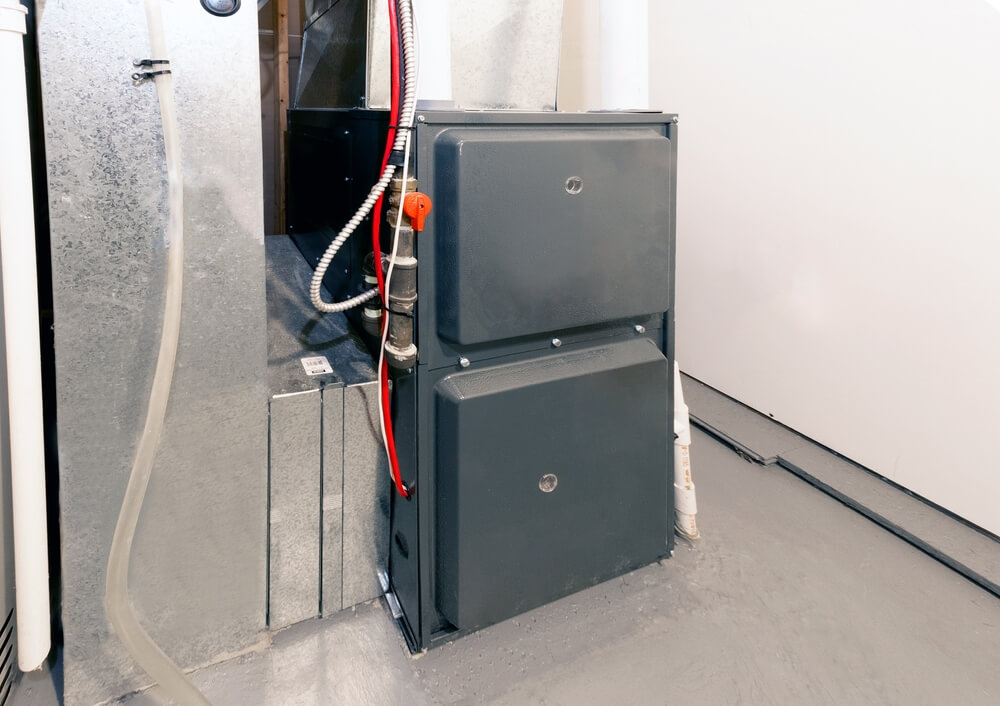
Furnace Installation Innisfail
We specialize in delivering exceptional furnace installations in Innisfail. With our partnerships with leading furnace brands, we ensure access to high-quality equipment. Our team possesses extensive knowledge of the specific installation requirements for each brand, enabling us to provide expert recommendations tailored to your needs.
The cost of a new high-efficiency furnace replacement in Innisfail typically ranges between $5,500 and $8,500. However, the final price can vary based on various factors, such as the furnace brand, warranty, and other factors.
Factors influencing furnace installation costs:
Home Size: The size of your home plays a crucial role in determining the furnace size required. Larger homes necessitate larger furnaces to adequately heat the space.
Furnace Type: The make, model, and brand of the furnace significantly impact the overall cost. Different furnaces come with varying features and specifications, affecting their price.
Furnace Efficiency: Furnaces with higher Annual Fuel Utilization Efficiency (AFUE) ratings generally cost more upfront but can lead to greater long-term savings due to increased energy efficiency.
Installation Complexity: Installation requirements can vary depending on the complexity of the project. Factors like the layout of your house, the need for venting upgrades, and the removal of an old furnace can affect labor costs.
Additional Factors: Certain additional factors can contribute to the overall expense. These may include compliance with current safety codes, fuel conversions (e.g., oil to gas or electric), and any furnace relocation needs.
To get an accurate estimate for your specific furnace installation, it is advisable to schedule an on-site evaluation with one of One Stop HVAC's trained technicians.
When it comes to selecting the right furnace for your Innisfail home, it's crucial to consider the heating capacity, measured in British Thermal Units (BTU), rather than solely focusing on the physical dimensions of the unit.
The heating capacity needed for your home depends primarily on its size and insulation. To give you a general idea of the heating capacity required for different room sizes, refer to the following table:
| Room Size | Required Heating Capacity (BTU) |
| 500 square feet | 12000 BTUs |
| 1000 square feet | 24000 BTUs |
| 1500 square feet | 36000 BTUs |
| 2000 square feet | 48000 BTUs |
| 2500 square feet | 60000 BTUs |
Yes, if you're considering purchasing, installing, or replacing a furnace in Innisfail, it's crucial to be aware of the Land Use Bylaws related to furnace installations. Obtaining a Furnace Installation Permit from the City of Innisfail is highly recommended before proceeding with a new furnace installation on your property. This permit ensures adherence to regulations and can help avoid potential complications when selling your property in the future.
Keep in mind that if your existing furnace does not meet the Land Use Bylaw requirements, you will need a development permit for relaxation.
To comply with the bylaws, here are some essential guidelines for placing furnace equipment on your property:
- Furnace units are allowed to be installed up to a certain distance from the house into the side yard, typically up to 1.0m.
- There must be a minimum distance of 0.2m between the furnace unit and the property line to meet safety and zoning requirements.
- In specific situations where there is no lane or alley access and a front or side garage is present, a 3.0m side setback is necessary to accommodate a future driveway leading to a rear garage. This layout helps prevent furnace equipment from encroaching into the 3.0m side setback.
By adhering to these guidelines and obtaining the appropriate permits, you can ensure a seamless and compliant furnace installation process in Innisfail.
Furnace installations typically requires 4-8 hours, considering the complexity of the job and any necessary modifications. The installation time may vary based on several factors that impact the process.
Factors Affecting Installation Time:
Furnace Type and Complexity: The type and complexity of the chosen furnace unit significantly influence the installation duration. More sophisticated heating systems with advanced features or multi-stage functionality might take longer to install compared to basic models.
Ductwork and Infrastructure: The condition of the existing ductwork and infrastructure is crucial. If your home's duct system requires modifications, repairs, or replacements to accommodate the new furnace, it could extend the installation time. Ensuring proper ductwork allows for efficient and even distribution of heated air throughout the house.
Electrical and Gas Line Adjustments: In some cases, the installation may involve making adjustments to electrical wiring or gas lines to match the requirements of the new furnace. This additional step might add extra time to the installation process.
Home Size and Heating Capacity: The size of your home directly impacts the size of the furnace needed for efficient heating. Larger houses require higher heating capacities, which may require more time to install and properly set up to ensure optimal performance.
Pre-Installation Inspection: Reputable heating and air conditioning companies conduct a thorough inspection before commencing the installation. This inspection helps identify any potential challenges and allows them to provide you with an accurate estimate of the installation duration.
Remember that a precise estimate of the installation time can be given by one of One Stop's HVAC technicians after assessing your specific requirements and home infrastructure.
To ensure a smooth and efficient furnace installation, follow these steps:
Assess Your Heating Needs: Have a professional evaluate your home's size and heating requirements to determine the best furnace options.
Inspect Existing Heating System: Get your ductwork inspected and repaired to optimize the new furnace's efficiency.
Clear Pathway to Furnace: Provide ample space and remove obstacles along the pathway for easy furnace replacement.
Opt for Programmable Thermostat: Consider a programmable thermostat to save energy and adjust temperatures remotely.
Explore Air Purification and Humidification: Enhance comfort with in-line air purification and humidifier systems.
Know Installation Expectations: Understand that the installation may take a few hours to days, and be present during all phases.
Set Up Maintenance Plan: Inquire about a furnace preventive maintenance plan for high efficiency throughout winter.
By following these guidelines, you can be well-prepared for your furnace installation and enjoy optimal heating comfort.
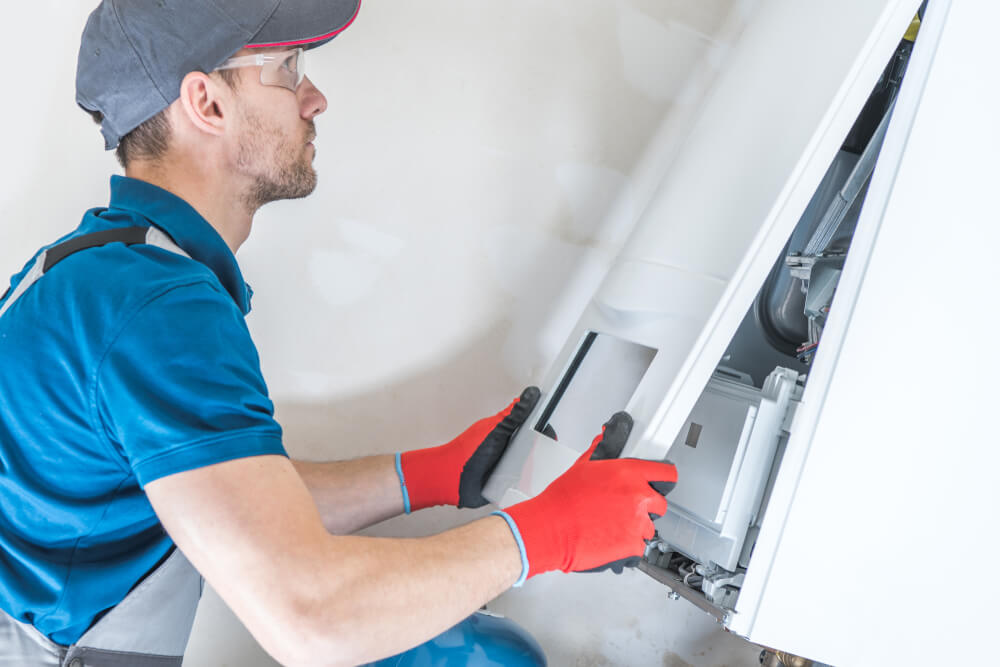
Furnace Repair Innisfail
We offer reliable furnace repairs in Innisfail that you can trust. Our commitment to your comfort extends around the clock, ensuring you're never left in the heat. Day or night, One Stop HVAC stands by your side as your dedicated partner, offering efficient furnace repair solutions that prioritize long-term cost-effectiveness.
When deciding whether to repair or replace your furnace, consider the following factors:
Age of the Furnace: If your furnace is around 10 years old or older, it's time to think about replacement, as older models may become less efficient and require more repairs.
Costly and Frequent Repairs: Constantly repairing your furnace can be costly and indicate underlying issues. It may be safer and more cost-effective to invest in a new furnace.
Rising Energy Bills and Inefficient Heating: Older furnaces may lose efficiency over time, leading to higher energy bills without providing sufficient heat. Upgrading to a newer, more efficient model can save money.
Declining Air Quality: An aging furnace may struggle to maintain proper air filtration and humidity control, resulting in dry, stuffy air. Consider upgrading your home's air quality system when replacing the furnace.
Desire for Energy Efficiency: Upgrading to an energy-efficient furnace, like a heat pump, can lead to long-term savings on energy bills and improved indoor air quality.
If you have more questions about your furnace whether you should be repairing or replacing your furnace, then please don't hesitate to contact one of our team members to schedule an on-site evaluation with one of our technicians.
We recommend scheduling furnace maintenance every 1-2 years (ideally once a year) and duct cleaning every 3 to 5 years for optimal system performance and indoor air quality.
Signs You Need Furnace Maintenance and Duct Cleaning:
Dirt & Debris Build-Up: If you notice excessive dirt around your vents or dirty air filters, it's time for HVAC duct cleaning.
Yellow Furnace Flames: Orange or yellow flames indicate a dirty burner or flame sensor, requiring emergency furnace maintenance to prevent potential carbon monoxide leaks.
Frequent Furnace Repairs: Regular breakdowns may be a sign of a clogged system, and professional cleaning can save on repairs and extend the furnace's lifespan.
Furnace Leaking Water: A clogged condensate line causing water leakage requires professional furnace cleaning.
Furnace Turns On & Off: "Short cycling" issues may stem from clogged filters or flame sensors, necessitating prompt furnace maintenance.
Furnace Blows Cold Air: Cold air from the furnace may be due to a blocked condensate line, requiring cleaning to restore proper heating.
High Energy Bill: A build-up of dust and grime can reduce energy efficiency, making regular furnace maintenance a cost-effective solution.
A well-maintained furnace typically lasts 15 to 20 years or even longer with annual maintenance and timely repairs. However, factors like proper sizing, installation quality, routine maintenance, and thermostat settings can significantly impact its lifespan. Here are the key factors affecting your furnace's life:
Furnace Size: Ensure your furnace is appropriately sized for your home to prevent excessive cycling, which can cause wear and tear.
Poor Furnace Installation: Professional installation is vital to avoid issues with ductwork, drainage systems, and fuel lines.
Lack of Routine Maintenance: Neglecting maintenance leads to dirty buildup, restricted airflow, and inefficient heat transfer.
Thermostat Settings: Setting the thermostat at an energy-efficient temperature helps maintain the furnace's lifespan by preventing excessive cycling.
Taking proactive measures can help prevent potential furnace repairs and ensure the longevity of your HVAC system. Here are essential steps for proper care and maintenance:
Replace/Clean Your Air Filter Regularly: Dirty air filters strain your system, increase heating/cooling costs, and reduce motor and coil life. Regularly changing/cleaning your air filter is crucial to prevent future issues.
Keep up with Preventative Maintenance: Regular HVAC tune-ups and air filter changes are essential for comfort and detecting small issues before they become significant problems. Enrolling in an annual preventative maintenance plan offers convenience and savings.
Watch Your Vents: Avoid closing off more than 20% of your home's registers to maintain proper airflow and reduce strain on the system.
Keep the Area Around Your Furnace Clean: Avoid obstructing the furnace with objects like furniture, toys, or boxes, which can block return air grilles and hinder the furnace's performance.
Call Us If You Suspect Something Is Wrong: Don't ignore signs of potential issues like ignition problems, strange noises, or short cycling. Addressing problems promptly can prevent safety risks and more expensive repairs.
It is recommended to check your furnace filter every 30 days and change it every 3 months. However, certain conditions in your home may require more frequent filter replacements. Here are some factors to consider:
Dust: If your indoor air is notably dusty, especially during home renovations or dusty activities, the filter may clog up faster, necessitating more frequent changes.
Pets: Pet fur and dander can accumulate in the filter, requiring more frequent replacements, especially if you have furry companions.
Allergies and Asthma: For households with allergy or asthma sufferers, it is crucial to maintain clean air quality. Changing the furnace filter more often can help improve indoor air and alleviate breathing difficulties.
Heavy HVAC Use: During extreme weather conditions when your heating or cooling system runs constantly, the filter may gather more debris, leading to increased clogging and the need for more frequent replacements.
Remember to inspect your furnace filter regularly and adjust the replacement schedule based on the conditions in your home to ensure optimal performance and indoor air quality.

Water Heater Installation Innisfail
Our company has established a strong reputation as the go-to provider for water heater installation services in Innisfail. Through valuable partnerships with top water heater manufacturers, we ensure our clients receive the finest equipment available.
The cost of a water heater in Innisfail can vary depending on several factors, making it essential to consider various aspects when estimating the price. Typically the average range you can expect to pay for most hot water tanks falls between $2,400 and $3,500+.
To help you understand better, here are the main considerations to keep in mind:
Hot water tank type: The cost may vary based on the type of water heater you choose, such as traditional tank-style, tankless, heat pump, or solar-powered.
Brand selection: Different brands offer water heaters with varying features and efficiency levels, which can affect the price.
Tank size: The size of the water heater you need depends on your household's hot water demands. Larger tanks generally cost more than smaller ones.
Warranty provided: Opting for a water heater with an extended warranty may add to the upfront cost but can offer peace of mind for future maintenance.
Installation inclusion: Some vendors include the installation cost in their pricing, while others may charge it separately.
Installation company choice: The installation company you select can impact the overall cost. Trusted and reputable HVAC companies might charge more for their services, but their expertise can ensure a smooth and efficient installation process.
To get an accurate estimate for your specific water heater needs, it's best to reach out us at One Stop HVAC. We can organise a at-home evaluation to assess your water heater needs and provide an accurate quote.
Determining the appropriate size for your water heater depends on your daily water consumption. To help you get an estimate, follow these general guidelines:
- For 1 to 2 people: 30-40 gallons
- For 2 to 3 people: 40-50 gallons
- For 3 to 4 people: 50-60 gallons
- For 5+ people: 60-80 gallons
Apart from tank capacity, it's essential to consider the water heater's first hour rating (FHR). The FHR indicates the amount of hot water the tank can produce in one hour when fully heated. It reflects the water heater's efficiency in reheating water, which is crucial during peak usage times.
To estimate your peak hour usage and determine the ideal FHR, you can use the following figures for various activities:
- Bathing or showering (per person) - 20 gallons
- Washing hair (per person) - 6 gallons
- Washing hands (per person) - 2 gallons
- Washing dishes by hand - 6 gallons
- Shaving - 3 gallons
- Running dishwasher - 14 gallons
- Running clothes washer - 30 gallons
By considering your daily water needs and peak hour usage, you can select a water heater that meets or exceeds your hot water requirements efficiently. If you need a more precise calculation or assistance in choosing the right water heater size for your home, our HVAC experts are here to help!
Yes, a plumbing permit is generally required for the installation of a new water heater in Innisfail. This permit is necessary for any plumbing system construction, extension, or alteration, which includes replacing water and sewer lines in or around the home. In some cases, the installation or replacement of a hot water tank may also necessitate a permit.
A plumbing permit is specifically required when:
- A plumbing system is constructed, extended, or altered.
- Water and sewer lines in or around the home are being replaced.
- Changes are made to the gas lines located upstream from the water heater shut off valve.
- The venting system undergoes modifications (e.g., changes in size and design).
- There is a switch in the type of water heater (e.g., transitioning from a natural draft water heater to a direct vent water heater).
However, it's important to note that you don't need a plumbing permit for certain situations, such as:
- Repairing a leak in a water distribution or drainage system.
- Replacing existing faucets and fixtures.
- Removing blockages in the drainage.
Always ensure compliance with local building codes and regulations before undertaking any water heater installation or related plumbing work to avoid potential issues.
Here are the revised steps for a water heater installation to ensure a smooth and efficient process:
To ensure a smooth and efficient water heater installation, follow these steps:
Assess Your Hot Water Needs: Begin by consulting a professional to evaluate your household's hot water requirements and determine the best-suited water heater options.
Inspect Existing Plumbing System: Have your plumbing system thoroughly inspected and any necessary repairs made to optimize the new water heater's performance.
Clear Pathway to Water Heater: Ensure that there is sufficient space and remove any obstacles along the pathway to facilitate easy water heater replacement.
Consider a Programmable Thermostat: Enhance energy efficiency and convenience by considering the installation of a programmable thermostat that allows you to control water temperatures remotely.
Explore Water Quality Improvements: Enhance the quality of your hot water by considering the installation of additional systems like water purifiers or softeners.
Be Informed About Installation Timeline: Understand that the installation process may take several hours or even a day, and be available during all phases to address any concerns.
Set Up a Maintenance Plan: Inquire about a preventive maintenance plan for your water heater to ensure its optimal performance throughout its lifespan.
By following these guidelines, you can be well-prepared for your water heater installation and enjoy a reliable supply of hot water for your comfort and convenience.
Here’s what to expect on the day of your water heater installation appointment.
Upon arrival, our technicians will first present their identification and conduct an initial walkthrough to assess the scope of work. Once you give your approval to proceed, the installation will commence.
For a typical tank-to-tank installation, where we are replacing a gas or electric water tank with a similar model, the process usually takes approximately two to three hours. This includes about 45 to 60 minutes to drain, disconnect, and remove the old water heater. The positioning of the new unit takes roughly 30 minutes, and an additional 45 to 60 minutes are spent securing the new connection points and ensuring that all functions meet the required codes.
While we strive to complete the installation in one visit, occasionally, unforeseen circumstances may arise, and in such cases, your service provider may need to return the following day to complete any outstanding work. Rest assured, we prioritize a seamless and efficient installation experience to minimize any inconvenience.
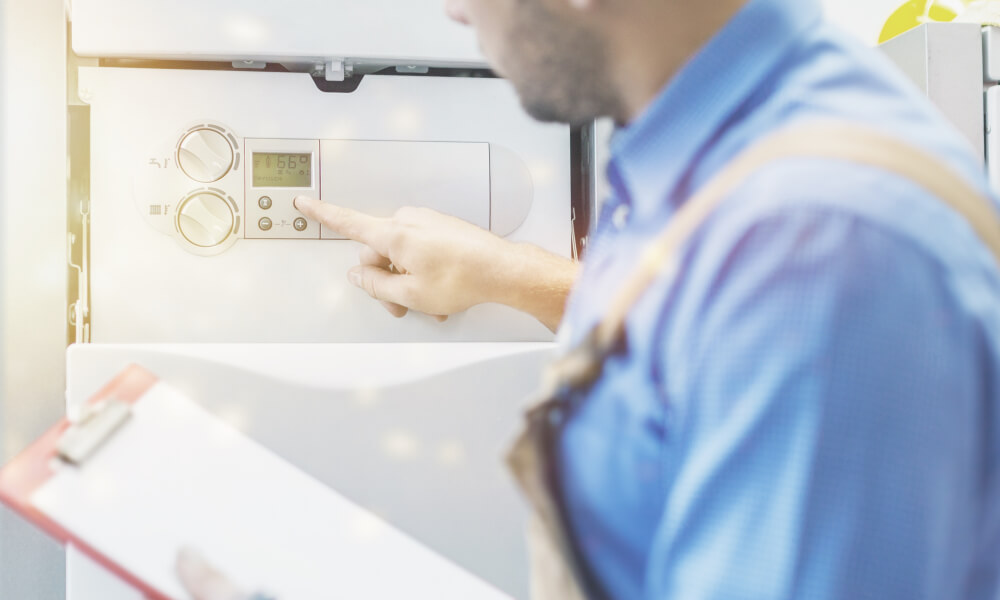
Water Heater Repair Innisfail
In Innisfail, we are experts in water heater repairs, and our dedicated team is committed to providing dependable solutions that prioritize long-term cost-effectiveness. With the expertise of our skilled professionals, we perform intricate on-site repairs, swiftly restoring the luxury of hot water to your home.
If you notice a leak in your hot water tank, it's essential to act swiftly to prevent further damage. Here's a condensed guide to handling the situation:
Find the leak: Identify the source of the leak by observing and wiping up any water. Use paper towels or old rags if visibility is low.
Shut off the gas or electricity: Turn off the power to the water heater. For electric heaters, switch off the breaker associated with the tank. For gas heaters, use the on/off switch or dial at the top of the tank.
Shut the water supply off: If there is a significant leak, turn off the water supply using the shut-off valve located above the water heater. If inaccessible, turn off the main water supply for your home.
Call a professional plumber: Contact a One Stop HVAC to assess the situation. Repairs should be handled by a professional to avoid further damage.
For any concerns or assistance during this process, feel free to reach out to us at One Stop HVAC. We're here to help and guide you through the necessary steps to protect your home from lasting damage.
Running out of hot water can be frustrating, especially during chilly mornings. Several factors can contribute to this issue. Here are some common reasons:
Insufficient Hot Water Capacity: Your current hot water system might not be adequately sized for your household's needs. If you notice a significant drop in hot water pressure when multiple taps are in use, it's likely too small. Consider upgrading to a system that matches your household size.
Sediment Buildup: Sediments can accumulate in your hot water heater over time, reducing its efficiency. Regular flushing and cleaning by a HVAC professional can help prevent this problem.
Thermostat Issues: Gradual thermostat adjustments or seasonal changes can affect your water's temperature. Check the thermostat settings and adjust them to your preference, but be cautious not to set it too high, especially if there are children in the house.
Faulty Heating Element: A broken heating element or pilot light can disrupt the water heating process. These components can be replaced at a lower cost compared to a full system replacement.
Damaged Pipe Connections or Parts: Over time, hot water systems can experience wear and tear due to extreme heat and varying water pressure. Damaged pipe fittings or inner valves might cause leaks. Consider repairs, but if the system is too old, investing in a new one could be more cost-effective.
Aging Hot Water System: Hot water heaters have a limited lifespan, typically around 10 years. If yours is nearing or beyond this age, it might be time to consider switching to a gas or electric system based on your utility connections.
To address your hot water concerns effectively, consult our experienced team at One Stop HVAC. We can assess your situation and provide suitable solutions, whether it's repair, maintenance, or a new hot water system installation.
It is recommended to have your water heater serviced once a year. The crucial aspect of maintenance involves flushing the tank to prevent sediment buildup. Neglecting this can lead to decreased efficiency, higher utility bills, and potential water pressure loss or tank corrosion, ultimately necessitating a water heater replacement. Regular servicing helps ensure optimal performance and extends the lifespan of your water heater.
Neglecting to flush your water heater can result in various issues. Sediment build-up causes the unit to work harder and may lead to sediment coming out of your faucets. Over time, this build-up can cause serious problems such as pipe bursting, water pressure loss, and tank deterioration. These issues typically arise within two to five years.
How do I Flush My Water Heater?
- Turn off the gas supply for gas water heaters or electricity for electric water heaters.
- Allow the water heater to cool down.
- Shut off the water supply.
- Turn on the hot water from a nearby faucet to prevent a vacuum and enable easier draining.
- Connect a hose to the drain valve and direct it to a drain or empty bucket.
- Open the drain valve and let the water flow until it stops, emptying the bucket as needed. Be cautious as the water can be very hot.
- Flush the tank by reopening the cold water supply and repeating the draining process to remove sediment thoroughly.
- Close the drain valve.
- Fill the water heater tank by reopening the water supply valve.
- Restore power to the water heater.
While draining a water heater can be done at home, it can also be hazardous. If you're uncomfortable with this task or want to ensure a professional job, don't hesitate to call our dedicated team who can efficiently flush your water heater.
Failure to flush your water heater can lead to several warning signs indicating the need for a new water heater:
Dirty/Rusty Water: Brown or rust-colored water from hot water taps suggests corrosion inside the tank and pipes. External rust on the tank may indicate internal corrosion.
Inadequate Hot Water: Aging water heaters may struggle to heat water efficiently due to sediment buildup, leading to insufficient hot water.
Leaking Hot Water Tank: Leaks around the base of the water heater signal potential fractures, necessitating a replacement.
Strange Noises: Unusual noises like popping or rumbling indicate potential malfunctions and should be addressed promptly.
Age of the Water Heater: If the water heater is over 10 years old, it's approaching the end of its lifespan and may need replacement.
Frequent Repairs: Consistent repairs can become costly, making it practical to consider replacing the water heater.
Sediment Buildup: Muddy or sandy hot water may indicate sediment accumulation, which can lead to additional problems and potential replacement.
Addressing these signs promptly can help you avoid disruptions and ensure a reliable supply of hot water. If you experience any of these problems then please don't hesitate to give one of our dedicated team a call to schedule an appointment with our technicians.
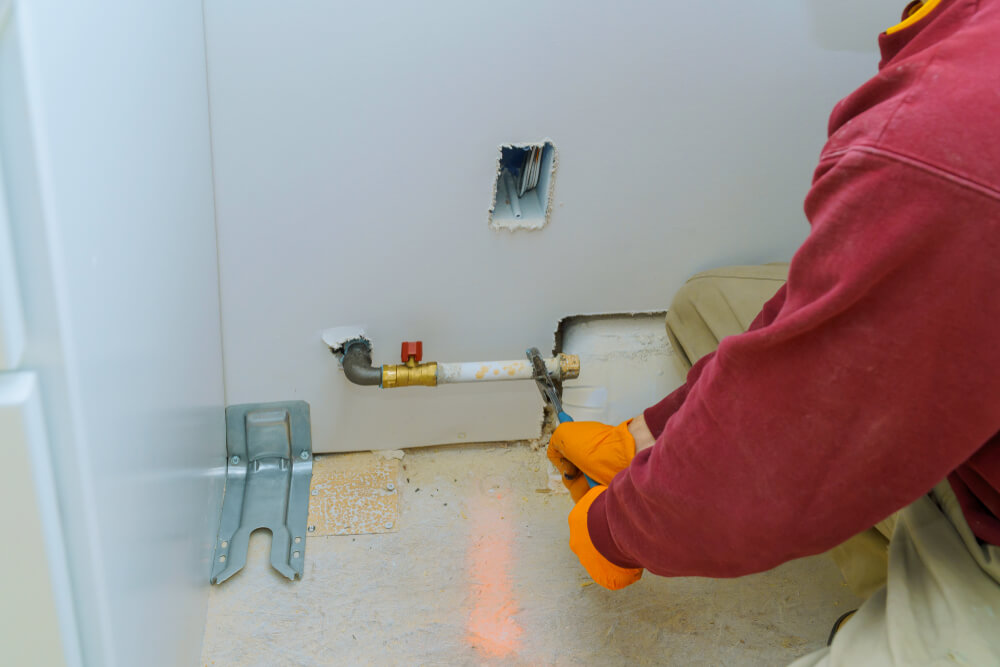
Gas Line Installation Innisfail
At One Stop HVAC, we pride ourselves on offering expert and professional gas line installations in Innisfail. Our team of licensed professionals have years of experience, ensuring a seamless and efficient installation process. We offer 24/7 appointment availability, so give us a call to schedule your appointment today!
It is really important to ensure that you hire a licensed professional to install your new gas line. Here are some of the reasons why:
Safety: Hiring a licensed gas line technician ensures that your gas line system is installed and maintained properly, greatly reducing the risk of accidents and ensuring the safety of your family and property.
Efficiency: Professional gas line technicians can optimize the performance of your gas appliances and fixtures, leading to improved energy efficiency and lower utility bills.
Durability: With expert installation and maintenance, your gas appliances and fixtures are likely to have a longer lifespan, saving you from premature replacements and costly repairs.
Cost Savings: By improving the overall efficiency of your gas system, professionals can help you save money in the long run by reducing energy consumption and identifying areas for further improvements.
Compliance: Licensed professionals ensure that your gas line installation meets all local and national codes and safety regulations, keeping you in adherence to standards and preventing potential problems and fines.
Investing in professional gas line installations is a vital step in maintaining a safe, efficient, and compliant gas line. Contact One Stop HVAC today to schedule your gas line installation with one of our licensed professionals.
The duration of a gas line installation varies depending on several factors, all of which are carefully considered by our team of experts at One Stop HVAC. Factors influencing the installation timeline include the complexity of the project, the size of the property, and the specific requirements of the installation.
For simpler gas line installations in smaller properties, the process can often be completed within a few hours. However, for more intricate projects or larger properties, the installation may take several days to ensure precision and safety.
Yes, all plumbing and gas installations in Innisfail require permits, including those for renovation work. Whether you're installing a gas line for your home or a construction site, obtaining the necessary permits is essential.
For homeowners who are Alberta certified journeyman gasfitters and working on a single-family residential home, they have the option to apply for a gas permit. The homeowner applicant must reside, or intend to reside, at the location where the work will be carried out, and they must apply in person with proof of their qualifications. On the other hand, if you're not a certified gasfitter, you'll need to hire a professional who meets the qualifications to perform the installation and acquire the permit on your behalf.
Becoming a master gasfitter typically requires 6-7 years of experience, ensuring that only qualified professionals are handling complex gas installations.
It's important to remember that permits are necessary for installations involving propane, natural gas, and heaters on construction sites as well. The City of Innisfail's safety codes officer will conduct an inspection to ensure that the conditions are safe and the installation complies with all the required safety standards. Skipping the permit process can result in fines, delays, and safety hazards, so it's always best to follow the proper procedures and work with licensed professionals.
Gas line installations require the use of approved materials to ensure safety and compliance with local codes and regulations. Here are several types of materials commonly used for gas work:
Steel Pipes: Steel pipes are a reliable choice for above-ground gas lines, provided that corrosion from the environment and the conveyed gas is not a concern. Inside buildings, steel pipes and copper pipes are the most frequently used materials.
Copper Pipes: Copper pipes used in gas systems should be of type L or K and specifically approved for gas applications, ensuring durability and gas-tight connections.
Yellow Brass Pipes: In certain cases, yellow brass pipes may be approved for gas line installations within buildings, offering an alternative option where suitable.
Aluminum Pipes: While aluminum pipes are occasionally used for gas lines, it's essential to note that their usage is not universally approved across all jurisdictions. Caution must be exercised, especially when considering burying aluminum pipes, as they may not be suitable for underground work.
Ductile Iron: Ductile iron pipes may be approved for underground gas line installations in some jurisdictions, offering a durable and resilient option for specific applications.
PVC Pipes: PVC (Polyvinyl Chloride) pipes are suitable for gas pipelines buried outside of buildings. They are known for their corrosion resistance and ease of installation.
PE Pipes: PE (Polyethylene) pipes are another approved choice for gas pipelines buried outside buildings. They are highly resistant to environmental factors and offer excellent performance over the long term.
Flexible Connectors: Flexible connectors play a crucial role in connecting gas appliances to the gas source. It is essential to use approved flexible connectors to ensure safety and prevent leaks or other potential hazards.
Gas line installations involve several critical safety measures to protect employees and prevent hazardous conditions. Here are the key safety practices:
Frequent Safety Training: Regular safety training sessions are conducted to raise awareness and instill a safety-conscious mindset among all employees. Compliance with national standards and industry guidelines is ensured during training.
Corporate Safety Culture: Employers foster a safety-first culture where the well-being of employees takes precedence over work tasks. Employees are given the authority to stop any unsafe procedures they encounter.
Proper Pipeline Excavation: Stringent procedures for pipeline excavation are followed, including proper equipment servicing and adequate training for operators. All underground utilities are identified and marked before commencing excavation.
Appropriate PPE Usage: Employees are required to use appropriate Personal Protective Equipment (PPE) to mitigate risks while working with pipelines. This includes safety goggles, hard hats, safety boots, and gloves.
Training for Machinery Operators: Workers operating heavy-duty machinery undergo thorough training and are well-versed in the correct procedures for job site practices.
Regular Tool Inspection: Tools used onsite are regularly inspected to ensure they are in safe working conditions. Defective or worn-out tools are repaired or replaced promptly.
Proper Handling Techniques: Correct handling procedures are followed when working with heavy equipment like pipelines, and mechanical aids are used to prevent injuries.
Maintain Correct Pressure Testing: Pipelines are not operated beyond their Maximum Operating Pressure (MOP), and proper pressure testing procedures specified by manufacturers are followed.
Our Processes
01. WHOLE-HOME ASSESSMENT
Our technicians use the latest diagnostic equipment to ensure transparent suggestions, ensuring maximum energy efficiently in your home.
02. CREATE HOME PLAN
We believe in being transparent with our clients, taking a collaborative approach to create HVAC plans that cater individual requirements.
03. ENHANCE YOUR PERFORMANCE
Whether it's a minor repair or the installation of a new appliance, our goal is to help you achieve long-term cost-effective results.
04. TEST AND MEASURE
Before we finish we conduct finial testing to ensure your appliance is operating to the best of it's ability.
Servicing Innisfail, Alberta and nearby
